Valuing People
Occupational Health and Safety (OHS) legislation in Australia is tending toward a proactive rather than a reactive approach. Rehabilitation is no longer an adequate tool to address Musculoskeletal Disorders (MSD'S) - Prevention is the cure!
This approach requires employers to meet with employee representatives to:
- Identify hazards in the workplace
- Assess risks arising from hazards
- Eliminate or control risks
- Evaluate the effectiveness of controls, and
- Perform on-going monitoring
Prevention ensures employers' general duty of care for the health an safety of their workers is met and in turn, encourages mutual obligation between employer and employee. A proactive approach obliges both parties to take necessary precautions to prevent incidents and injuries from occurring. Employees should be directed and encouraged to self-remedy and/or seek assistance. This can be achieved through implementing ergonomic programs, which encompass staff education, training and policy.
OHS needs to be an on-going concern of the entire organisation - from top down.
Ergonomists and other OHS professionals can provide specialist advice and guidance for risk management and proactive development of OHS management plans. The internet is a useful resource and is an ideal starting point.
Useful websites include, but are not limited to:
- www.comcare.gov.au
- www.standards.com.au
- www.workcover.nsw.gov.au
- www.workcover.vic.gov.au
- www.workcover.act.gov.au
- www.workcover.sa.gov.au
- www.worksafe.wa.gov.au
- www.nt.govau/wha
- www.whs.qld.gov.au
- www.wsa.tas.gov.au
Policy and procedure together with proactive workplace initiatives will lead to improved working environments and productivity.
Although requirements vary from state to state, organisations are obliged to adhere to government and legislative regulations. These regulations should be embraced, as they are purpose built to reduce injuries and create a safe working environment. Prevention minimises risk and cost, it also promotes health and well-being.
In order to achieve a safety culture with effective occupational health and safety practices, an employer should have a detailed Health and Safety Policy (for further details, refer to aforementioned websites) incorporating a pronounced People Value Statement.
A People Value Statement is a useful way of demonstrating a proactive approach towards preventing injuries and caring for worker health and general well-being.
Adopting a safety improvement plan and actively involving staff in safety discussions is a requirement that minimises unnecessary costs from preventable accidents and incidents. Additional means to achieving this are detailed in the aforementioned websites. These websites include various checklists, registers and reporting mechanisms for assessing risk, purchasing goods and managing injury effectively.
Safety Culture - Leadership - Valuing People - Duty of Care



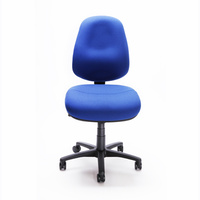
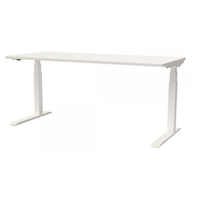
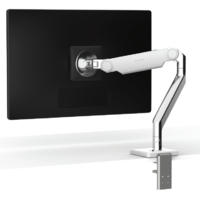



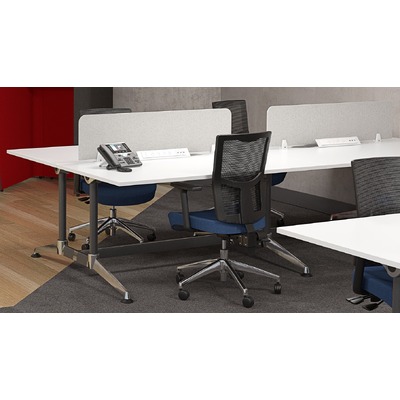



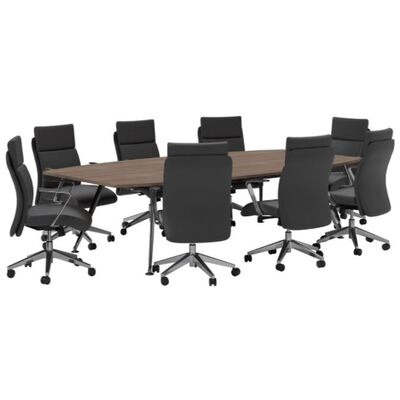










.jpg)